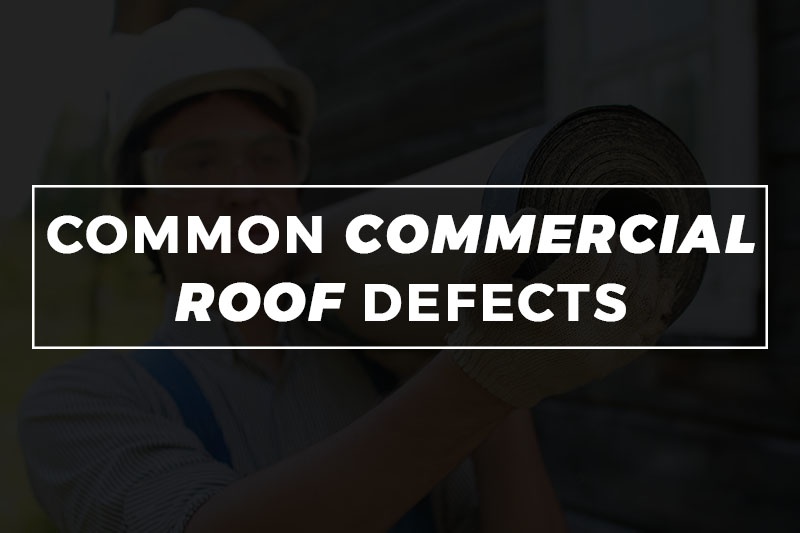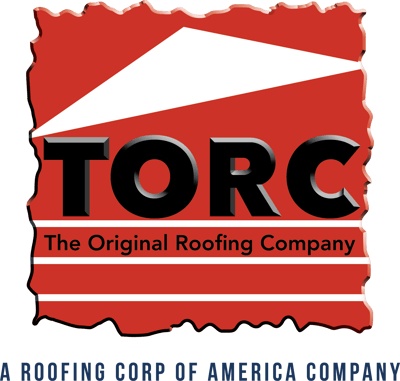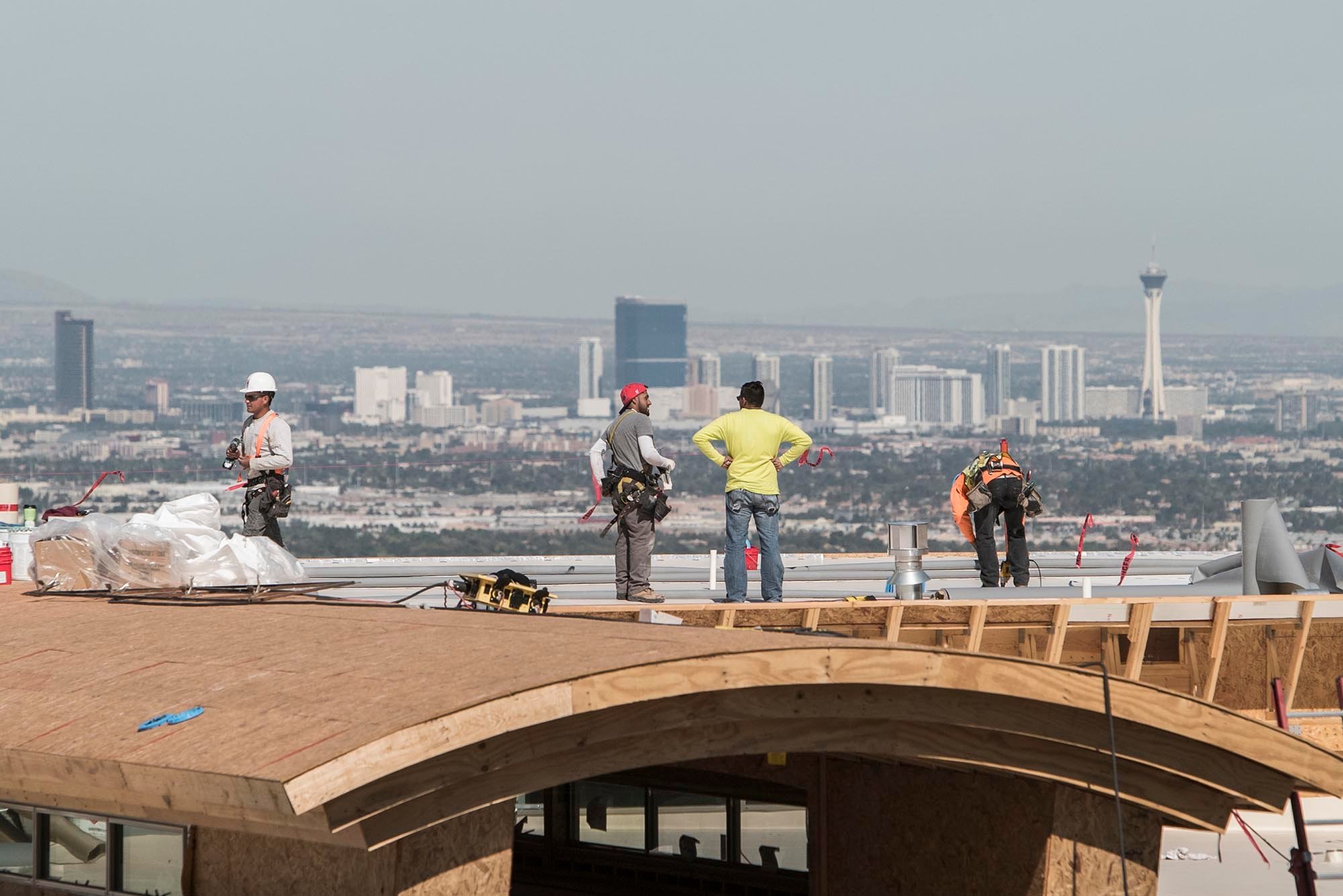
As the owner of a commercial building, you want to keep every aspect of your property in top shape for as long as possible. Your roof is one of the most important pieces of the structure, and defects and repairs can put a major dent in your wallet not to mention endanger your tenants and their belongings.
Get Commercial Roof Maintenance to Guard Against Common Defects
Understanding what is happening with your roof and how it needs to be fixed can ensure that you don't pay more than necessary when it comes time for repairs.
Common Causes of Commercial Roof Defects
Roof defects can be caused by a number of problems such as:
- Exposure to weather elements like heat, sun, rain, wind, and atmospheric pollutants
- Poor quality materials that cause warping or shrinkage
- Improper installation by unqualified individuals or companies
- Insufficient maintenance
- Improper repairs using materials that are not intended for that type of roof
Types of Commercial Roofing Defects and Remedies
There a variety of roofing defects that can occur. Some of the most common defects and remedies include:
1. Leaks and Water Ponding
Ponding Water is classified as standing for more than 48 hours, though it may cause problems before that time has lapsed. Water that collects on your roof is often a sign of poor drainage or blocked gutters. If this isn't remedied, you will likely experience leaks and may see structural damage. While 1" deep pond doesn't seem serious, it weights 5.2 lbs. per square foot, and the additional weight may lead to a weakening of the structural integrity and eventually a roof collapse.
Related: Ponding Water on a Flat Roof: What to Do
The first step to correcting this is to remove any blockages and check for proper drainage. If it has already progressed to a leak, you likely have moisture trapped under the layers of the roof which can lead to mold or rot.
Leaks and moisture can lead to dangerous structural damage, so a professional roofing company should be called to identify the source of the leak, replace the damaged materials, and ensure that the weakness has been addressed.
2. Roof Shrinkage
When the membranes that overlay the roofing materials are poorly designed, installed, or vented, they contract, causing damage to your roof.
Proper roof installation is the best defense against roof shrinkage; however, if you are already experiencing damage due to this, a qualified roofing company may replace the affected sheets and decrease the pressure by cutting the flashing and installing a new flashing.
3. Alligatoring
When exposed to extreme heat and UV rays, a petroleum-based roof will leak oil and cause surface damage. This appears as cracks on the roof surface and will be remedied by patching smaller areas and replacing roofing sheets in larger areas. An anti-UV coating can help prevent this type of damage.
4. Penetrations
Defects around penetration locations can cause roof leaks. These areas are protected by the application of a sealant. Unfortunately, if the sealant is improperly installed, it will not adhere properly to the penetration and may grow weak and lose plasticity. In order to fix these leaks, you will need a leakage evaluation and the reinstallation using epoxy.
5. Inadequate Ventilation
If vents are not properly installed (ideally at the base of the roof and near the ridge) cool air will not be able to enter, and warm air will not be able to leave. The temperature and moisture levels will damage the rafters and insulation, leading to mold.
If your roof has been improperly ventilated, it will need to be examined by a qualified roofer and re-vented.
6. Blow-Offs, Billowing, and Tenting
These occur when the roof has not been properly installed and properly adhered. Prevention is the best approach as these will require a qualified roofing contractor to reinstall portions of your roof.
When it comes to the safety and life of your commercial property's roof, being proactive is the best method. Proper installation by a certified, professional roofing contractor, as well as regular maintenance (beginning in year #1) will ensure that your roof is structurally sound, safe from the elements and that minor issues are caught quickly and repaired before they become serious.






